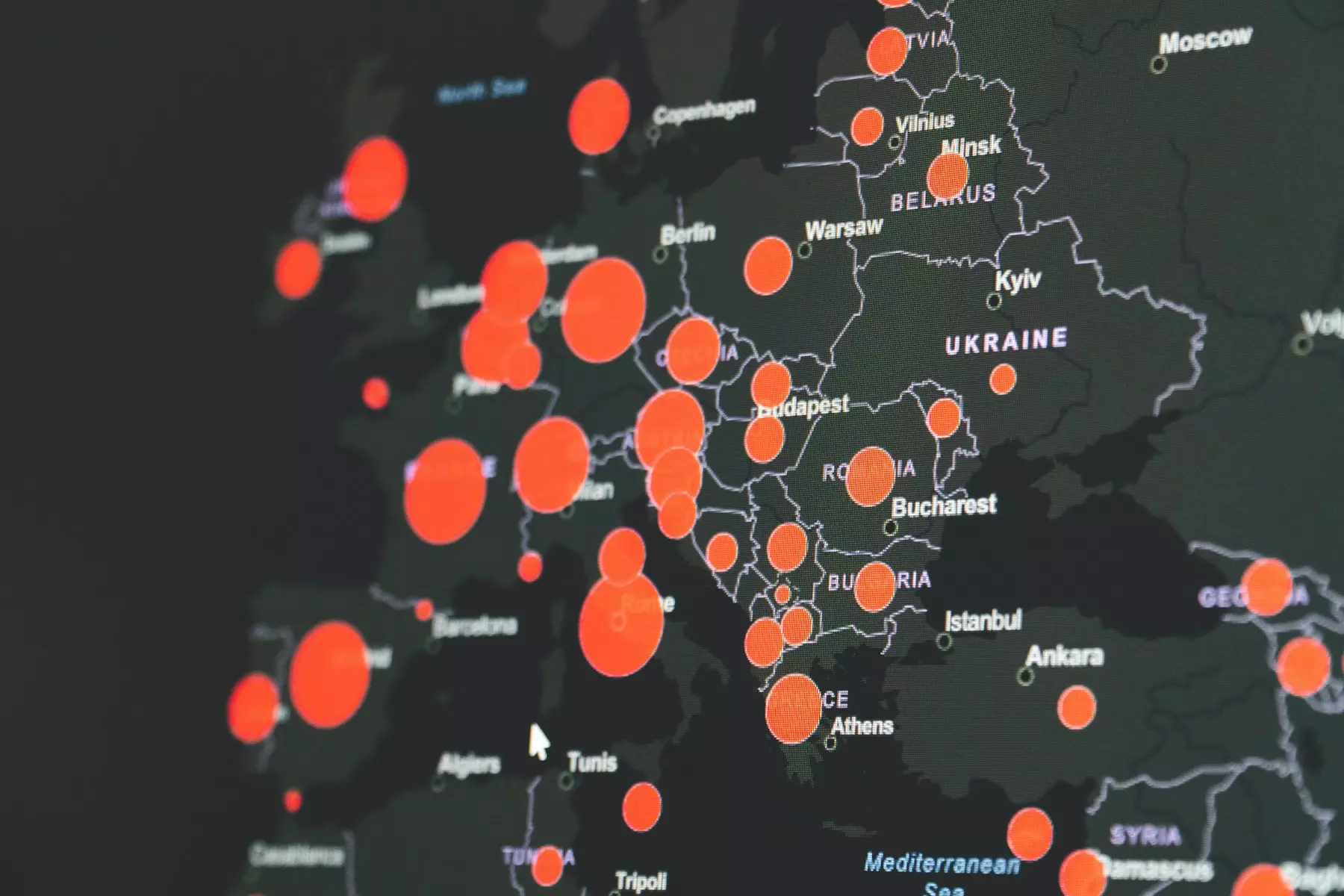The European real estate landscape has entered a compelling phase of growth as data from the first quarter of 2025 reveals significant increases in both property prices and rental rates across the European Union. This upward trajectory underscores a resilient market rebounding from recent economic uncertainties, driven by a confluence of factors including sustained demand, low interest rates, and evolving demographic trends. As seasoned professionals in the European real estate sector, understanding these developments is crucial for strategic decision-making and future investment planning.
Get 50% OFF!
Subscribe to our newsletter and enjoy a 50% discount on all listing packages, no strings attached!

Key Trends and Data Insights from Q1 2025
According to recent reports, the European Union experienced an average increase of approximately 4.2% in residential property prices during the first quarter of 2025. This marks a notable acceleration compared to the previous quarter, where growth hovered around 2.8%. Notably, the most significant price surges were observed in major urban centers such as Berlin, Paris, and Madrid, with respective increases of 6.1%, 5.4%, and 4.8%. These cities continue to attract both domestic and international investors, driven by their robust economic fundamentals and vibrant cultural scenes.
Rental markets have also demonstrated remarkable resilience, with average rent prices rising by 3.7% across the EU. Cities like Amsterdam, Vienna, and Copenhagen led this trend, with rent increases of 5.2%, 4.9%, and 4.5%, respectively. The surge in rental demand is partly attributable to demographic shifts, including urbanization and a growing preference for flexible living arrangements among younger populations.
Regional Variations and Underlying Drivers
While the overall EU trend points toward growth, regional disparities remain evident. Western European countries, particularly those with strong economic fundamentals and high urban density, have experienced the most pronounced increases. For instance, in Germany, property prices in Frankfurt and Munich rose by 5.9% and 5.2%, respectively. Conversely, some Eastern European markets, such as Budapest and Warsaw, saw more modest gains of around 2-3%, reflecting differing economic conditions and investment levels.
Several factors underpin these regional variations:
- Interest Rates: The European Central Bank’s continued low-interest-rate environment has made borrowing more affordable, fueling demand for both purchase and rental properties.
- Inflation Hedge: Investors increasingly view real estate as a hedge against inflation, prompting capital inflows into prime markets.
- Demographic Trends: Urbanization and migration patterns favoring city centers bolster rental markets and property values.
- Government Policies: Incentives for first-time buyers and reforms in housing regulations have stimulated market activity in several countries.
Implications for Investors and Stakeholders
The upward momentum in property prices and rents presents both opportunities and challenges for investors, developers, and policymakers. For investors, the current environment offers attractive yields, especially in high-demand urban areas. However, the rapid price escalation warrants caution to avoid overheating markets and potential corrections.
Developers should consider the sustained demand for rental properties, particularly in cities experiencing demographic shifts. There is a growing appetite for flexible, high-quality rental units, which can command premium rents and ensure long-term occupancy.
Policymakers face the task of balancing market growth with affordability. The risk of housing bubbles in overheated markets necessitates prudent regulation and targeted interventions to maintain sustainable growth trajectories.
Future Outlook and Strategic Considerations
Looking ahead, the European real estate market is poised for continued growth, albeit at a potentially moderated pace as interest rates gradually rise and economic conditions evolve. Experts suggest that the momentum observed in Q1 2025 could persist through the remainder of the year, especially if macroeconomic stability is maintained.
For stakeholders, this underscores the importance of adopting a nuanced approach—focusing on high-growth regions, diversifying portfolios, and leveraging data-driven insights to identify emerging opportunities. Additionally, integrating sustainability and technological innovation into development projects will be vital in meeting evolving tenant expectations and regulatory standards.
Conclusion: Navigating a Dynamic Market with Confidence
The first quarter of 2025 has unequivocally demonstrated that the European real estate market remains a resilient and lucrative sector. The combination of rising property prices and rents across key markets signals a robust recovery and sustained investor confidence. As professionals, staying attuned to regional nuances, macroeconomic trends, and policy developments will be essential in capitalizing on these opportunities.





Join The Discussion